March 28, 2022
Working from home means getting your priorities right
 It should come as no great surprise to learn that data from Leesman, the world’s leading workplace analyst, found that the chair was seen by remote working employees as the second most important feature in creating a productive working from home environment. Cited by 90 percent of people, it was narrowly beaten into second place only by a desk or table (91 percent). A ‘mere’ 89 percent of people cited WiFi, which is what you may have assumed was the most important need of remote workers, especially given that Hierarchy of Needs meme we’ve all seen. That needs to be reworked because clearly broadband matters slightly less than comfort and safety. (more…)
It should come as no great surprise to learn that data from Leesman, the world’s leading workplace analyst, found that the chair was seen by remote working employees as the second most important feature in creating a productive working from home environment. Cited by 90 percent of people, it was narrowly beaten into second place only by a desk or table (91 percent). A ‘mere’ 89 percent of people cited WiFi, which is what you may have assumed was the most important need of remote workers, especially given that Hierarchy of Needs meme we’ve all seen. That needs to be reworked because clearly broadband matters slightly less than comfort and safety. (more…)






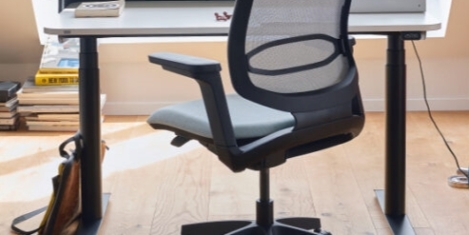
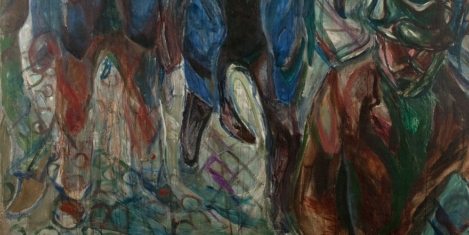
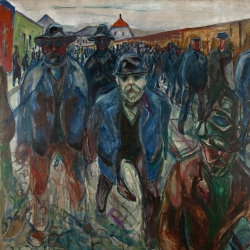
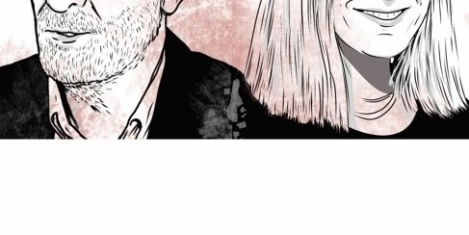
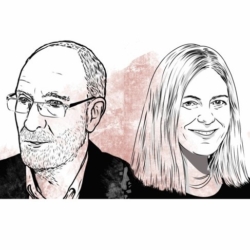
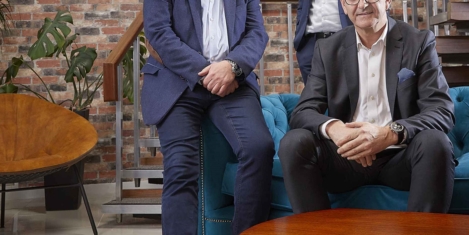




 The writer Alan Moore believes in magic. Not hocus-pocus magic, double double toil and trouble, but in the power of words and art to change reality and bring things into existence. It’s
The writer Alan Moore believes in magic. Not hocus-pocus magic, double double toil and trouble, but in the power of words and art to change reality and bring things into existence. It’s 


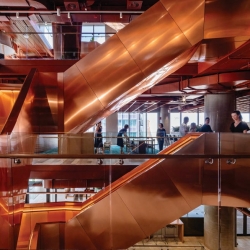 The January 2022 issue of IN Magazine is now
The January 2022 issue of IN Magazine is now 

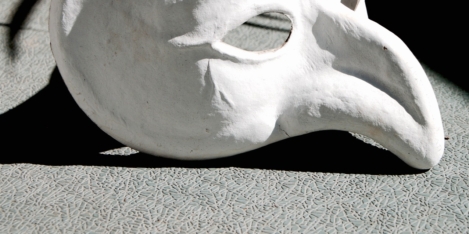
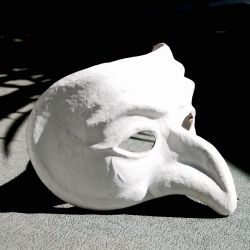

 That’s right. A New Year and still
That’s right. A New Year and still 




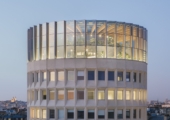



April 12, 2022
The colour of magic in office design
by Mark Eltringham • Comment, Workplace design